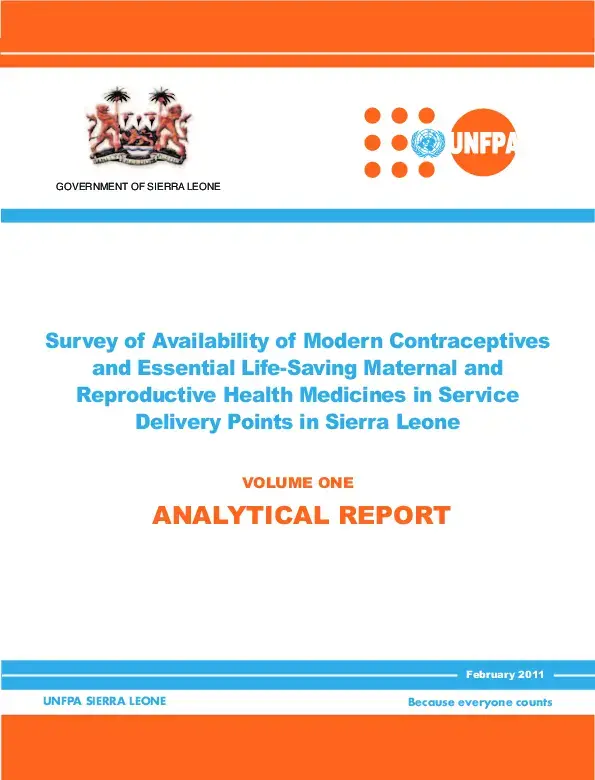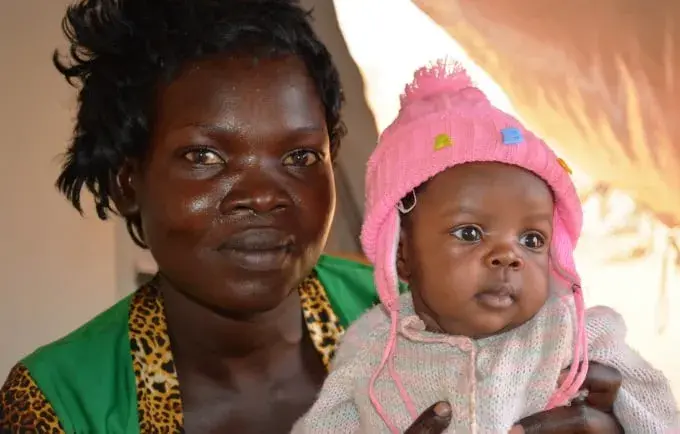Sierra Leone has a population of about 5.7 million, with an annual growth rate of 1.8 per cent and a doubling time of only 37 years. The high proportion of youths in the population has set in motion a high growth inertia for the coming generation, even if the fertility rate were to slow down to a normal replacement level. This is reinforced by entrenched socio-cultural stereotypes that favour large family sizes. Furthermore, early and universal marriages, coupled with a modern contraceptive prevalence rate of just 7 per cent, high levels of unmet needs for family planning services, high school drop-out rates caused by teenage and unwanted pregnancies, a maternal mortality ratio of 857 and a growing problem of adolescent fertility and sexuality are a cocktail that could have far-reaching social and economic consequences for the country.
This exploratory study of reproductive health commodity security (RHCS) in Sierra Leone has thrown light on many issues that had hitherto either not been known or were taken for granted. The findings are an important starting point for better planning for RHCS in the country. The report makes a number of recommendations in this regard.



